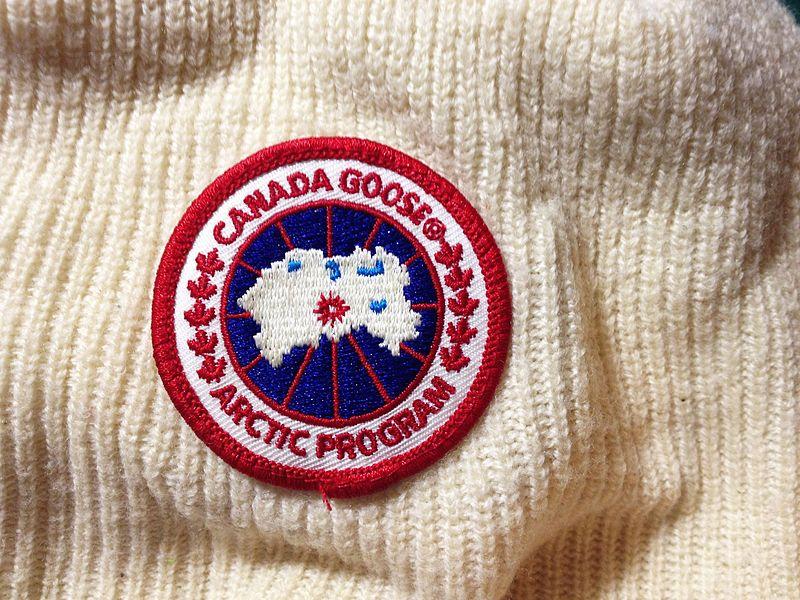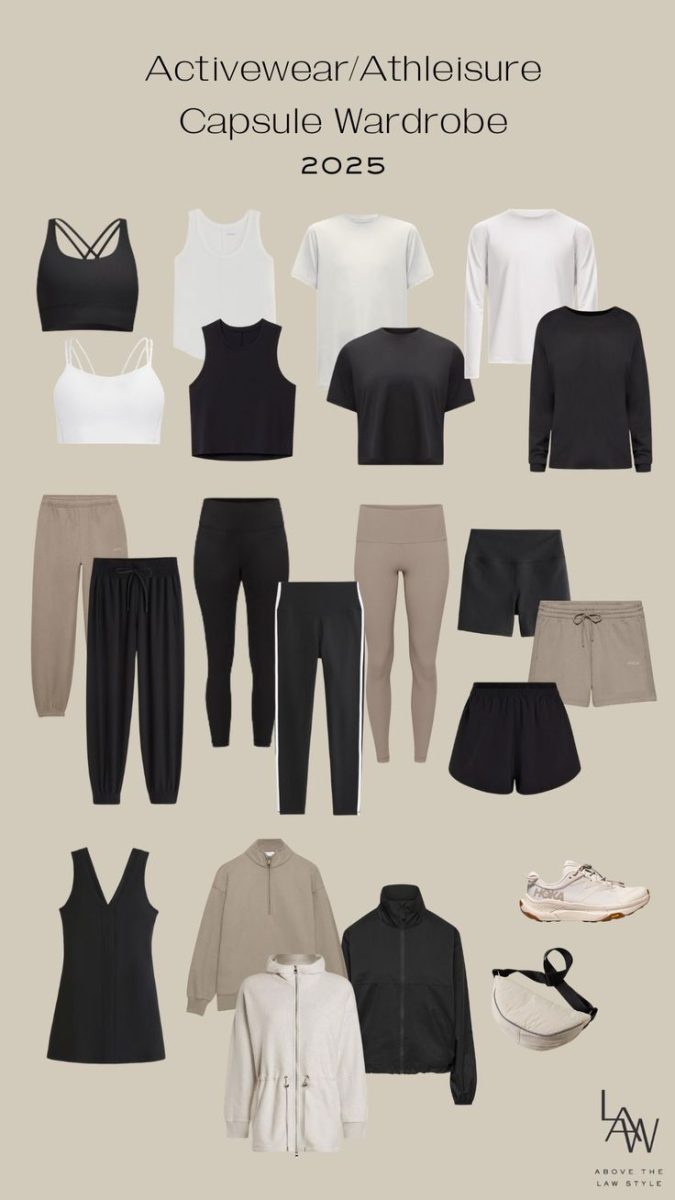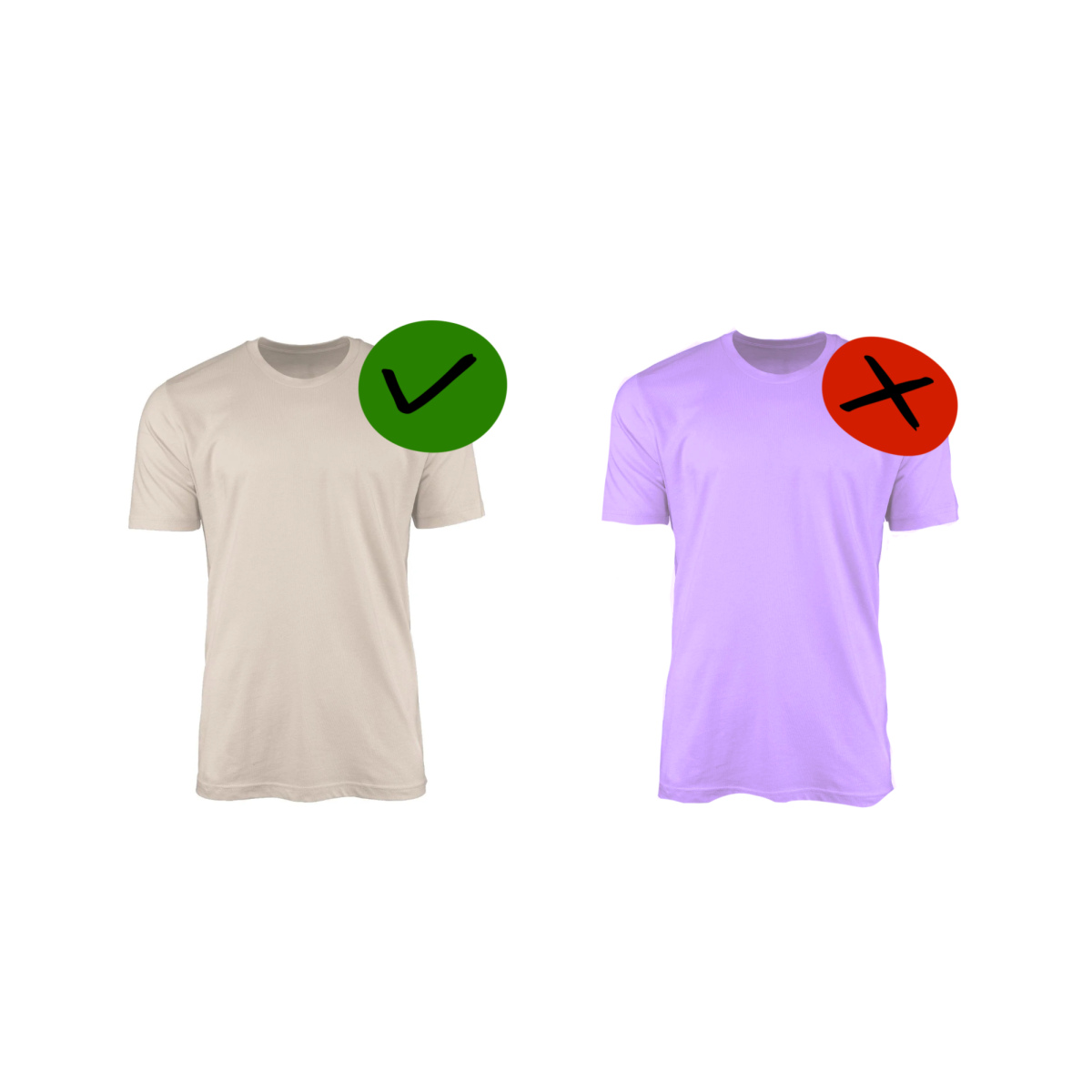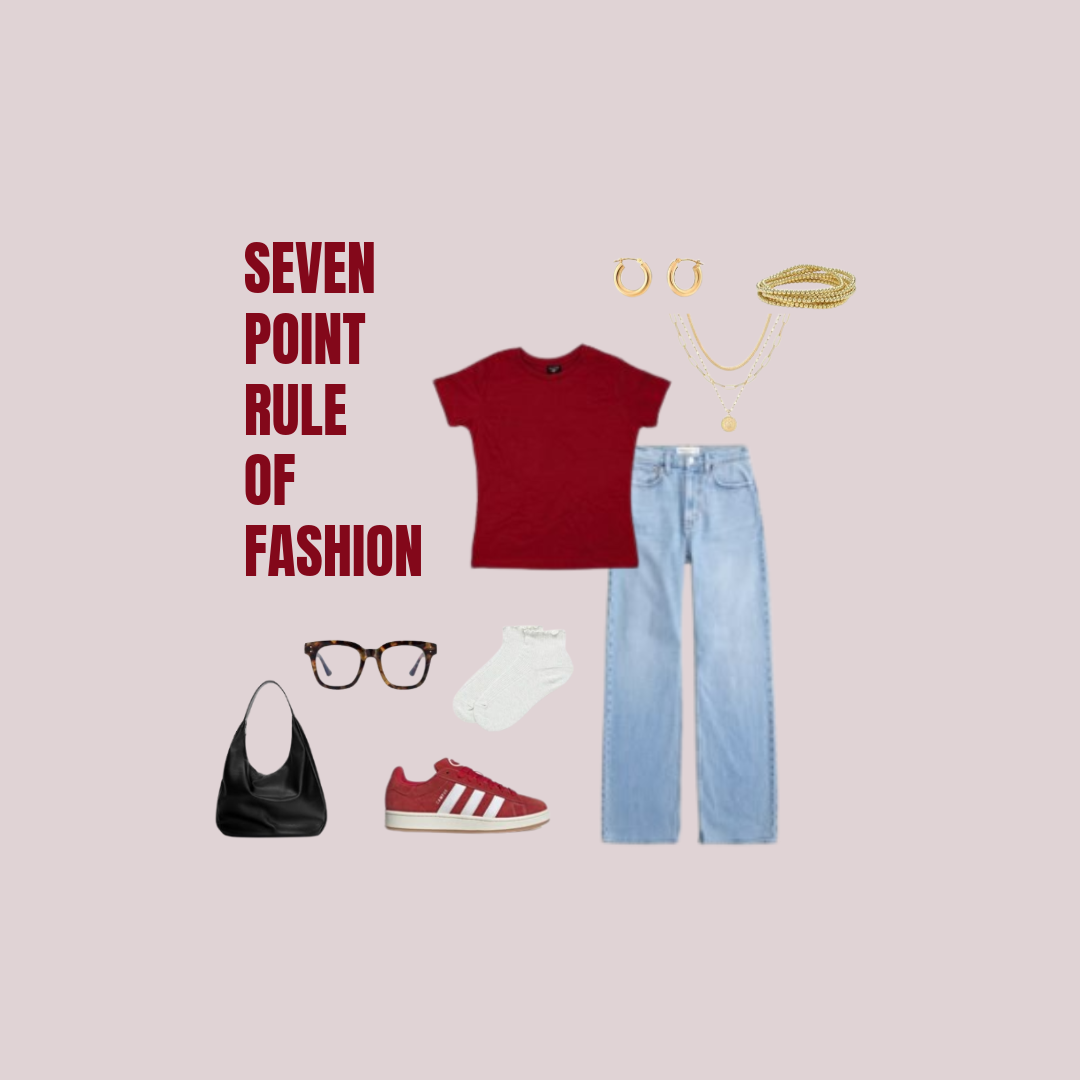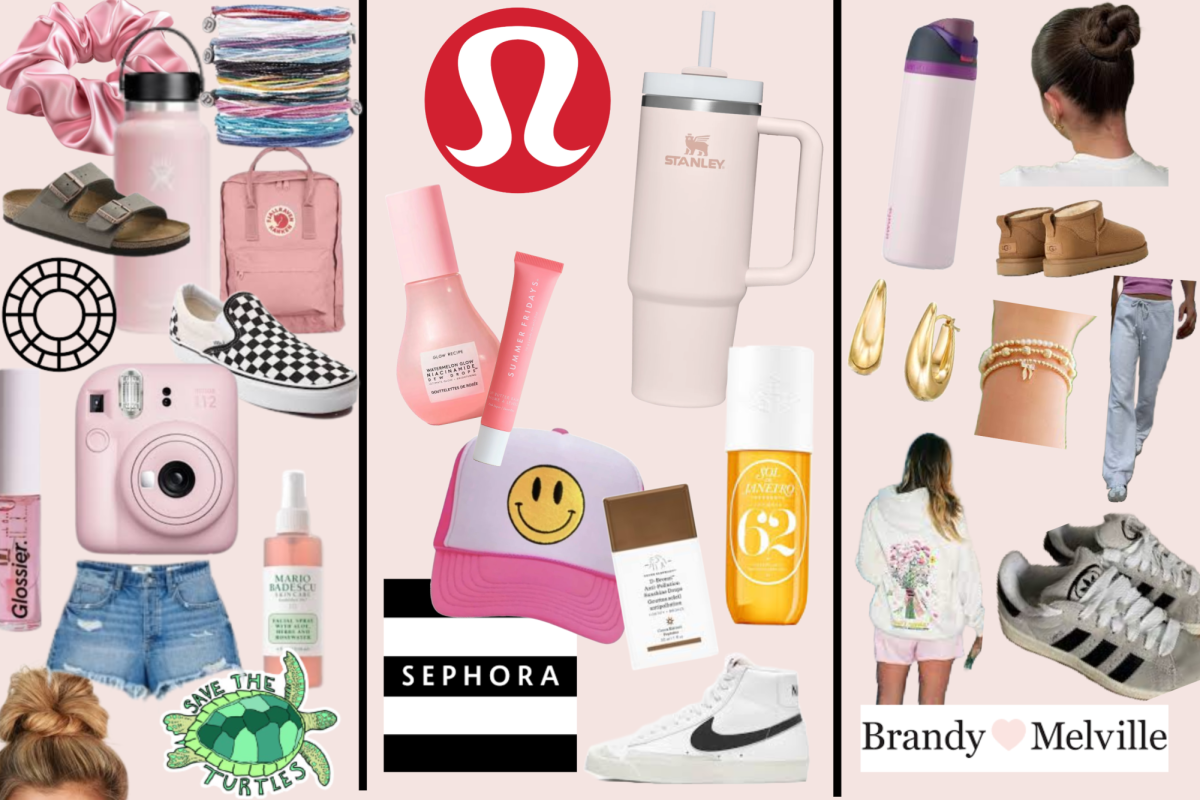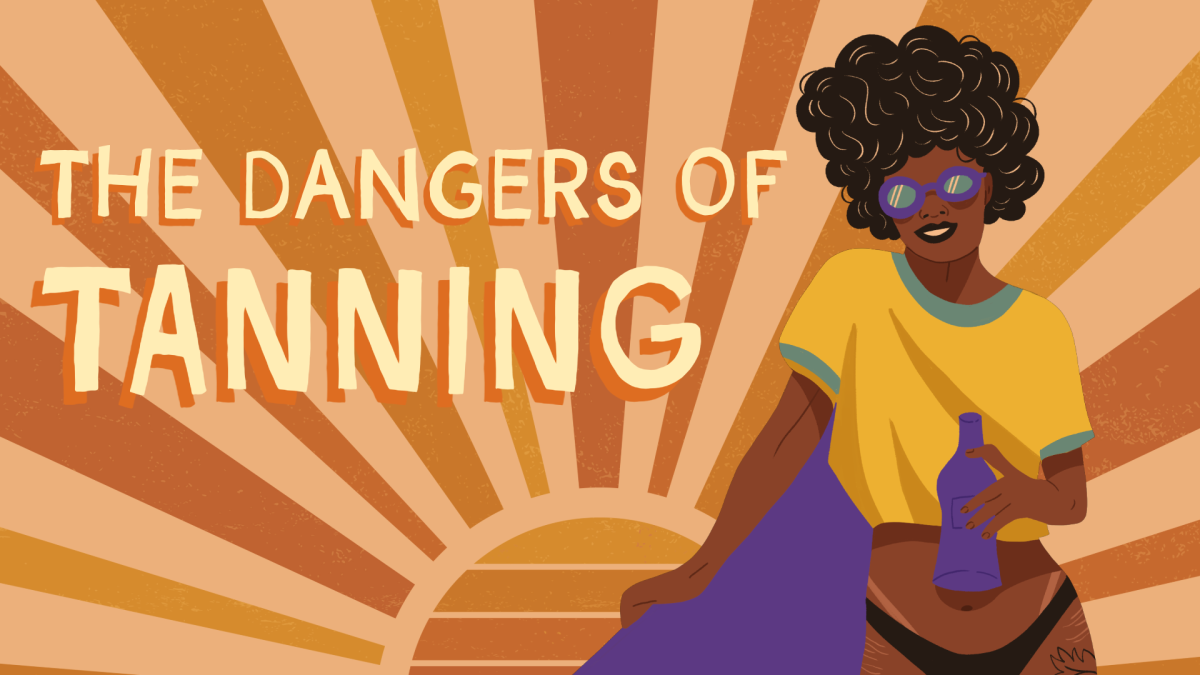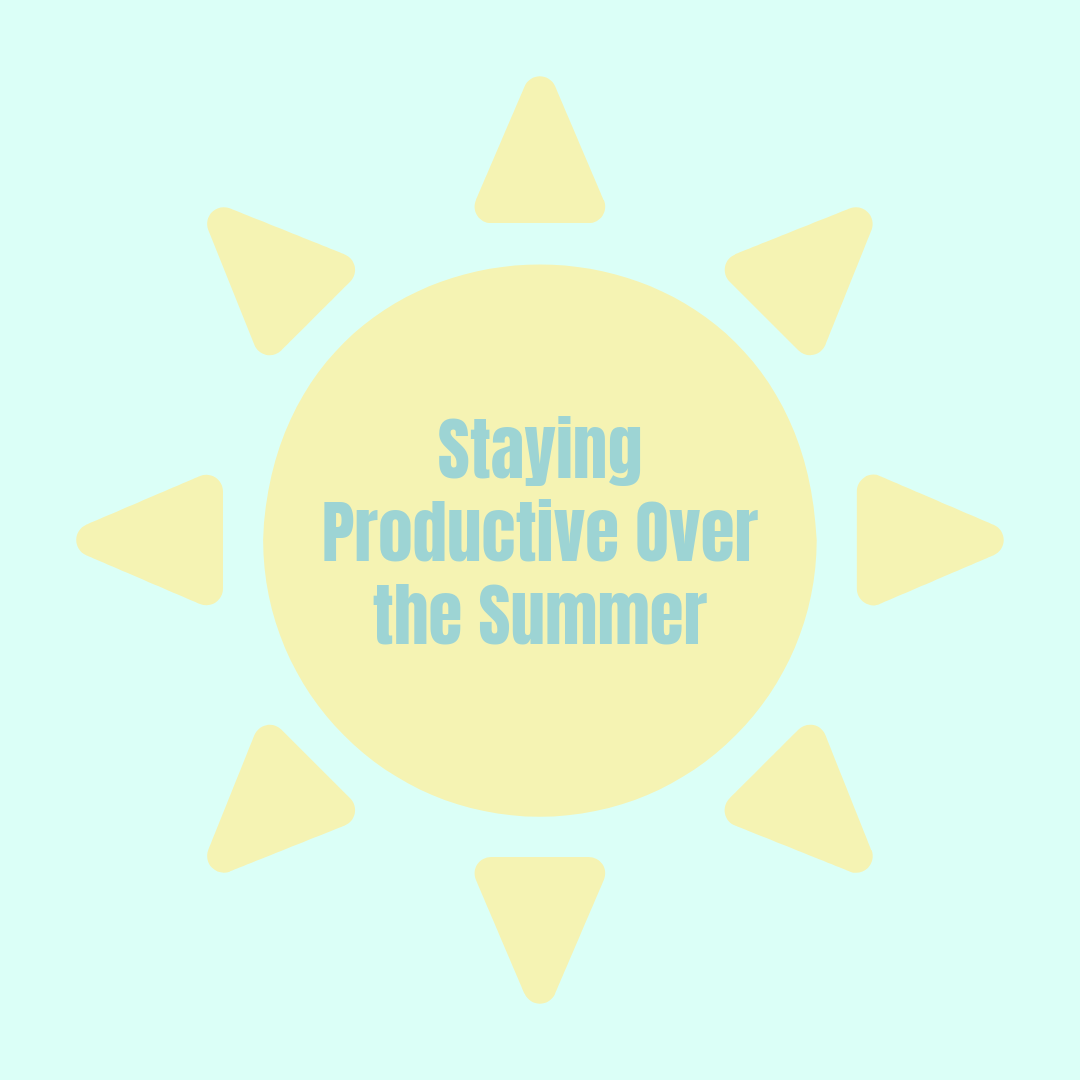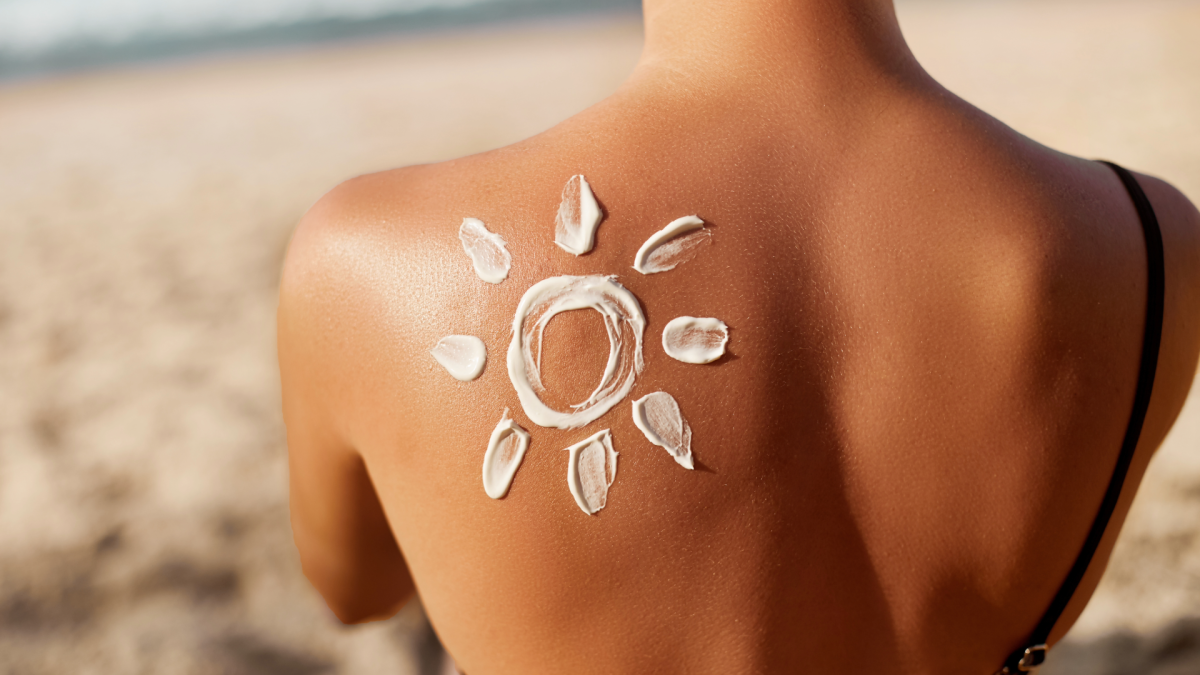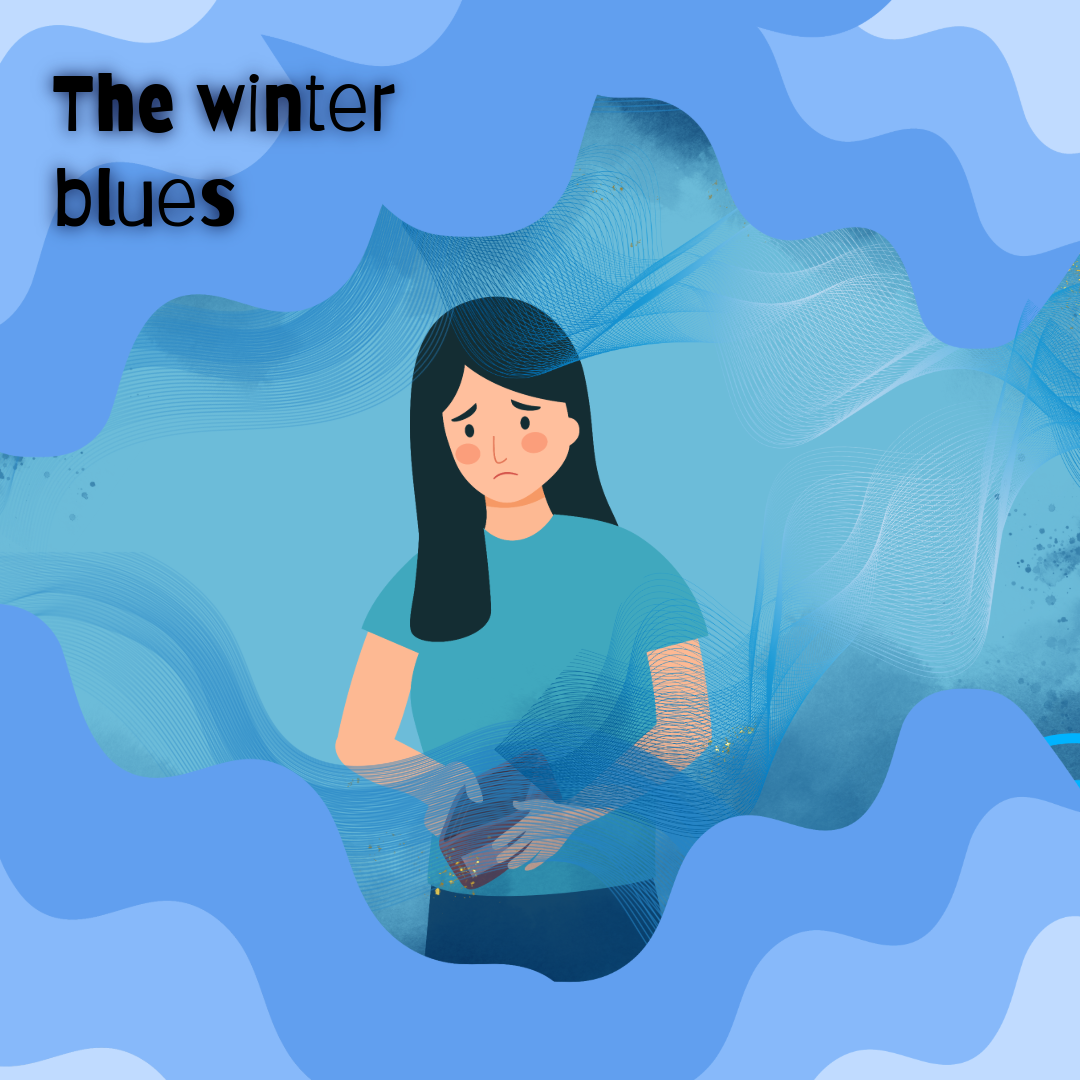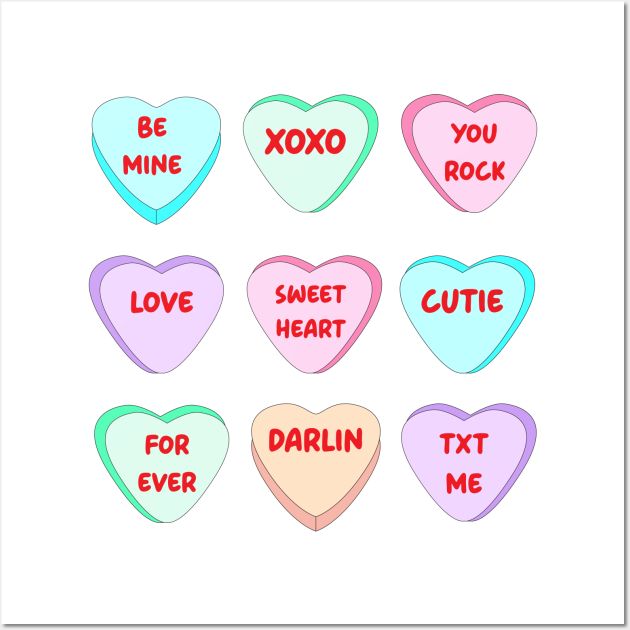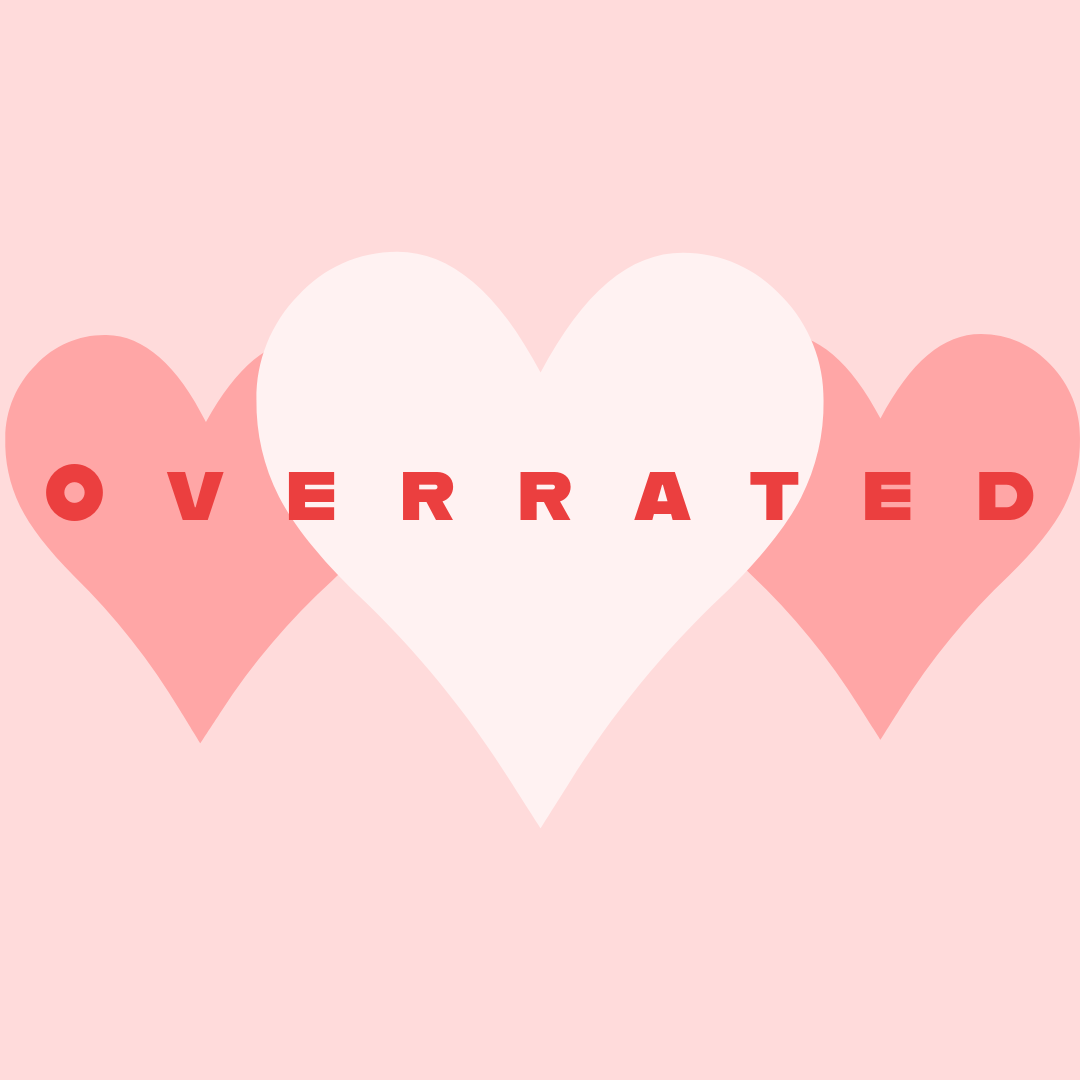Although the winter season has come and gone, conversation about Canada Goose’s controversial jackets is far from over. In recent months, Canada Goose has sparked a lot of negative buzz surrounding the animal cruelty associated with the production of their extreme weather outerwear.
Many shoppers remain blissfully ignorant as to how their favorite pair of shoes is actually made. From the leather soles in shoes to the fleece that lines winter coats, shoppers may not be aware that animal cruelty in the fashion industry is not exclusive to high fashion. However, Humane Society adviser, Deborah Jordan, shared her beliefs on how to avoid supporting businesses that harm animals.
“If we all actually watched the process of killing and skinning the animals, and saw how even ‘cage-free’ is often cruel and inhumane, we wouldn’t eat or wear anything made from animals,” Jordan said. “It’s easy not to think about but difficult to forget once you have witnessed the massive cruelty that we inflict on what are often the most gentle creatures on our planet.”
Historically worn by a four-time Iditarod champion, the first Canadian to reach the top of Mt. Everest, and Guinness World Record breaker for the fastest solo expedition to the South Pole, Canada Goose outerwear is intended for and has always been “inspired by one of the coldest places on earth:” Antarctica.
Nonetheless, Canada Goose has quickly replaced North Face as the trendy apparel of the winter as an affordable luxury. Despite their hefty price tag, Canada Goose winter coats have surfaced among the younger generation as fashion statements rather than protection from the great outdoors.
At $1,050.00, the classic Expedition Parka, worn by both men and women of varying ages, is the most mainstream of Canada Goose’s apparel. Originally, “the Expedition Parka [was] developed to meet the unique needs of scientists at Antarctica’s McMurdo Station” in the 1980s; however, it is now more frequently seen on college students walking the streets of Boston and even in the halls of Walpole High School.
Recently, the luxury brand has come under fire for their unethical treatment of the animals they use to create their coats. The jackets are made with coyote fur and goose down to provide optimum warmth; however, videos of geese suffocation and claims of mistreatment of coyotes caught in harmful traps have begun surfacing.
If you are not aware of the brand’s history, then you might not understand the company’s reasoning behind the way they make their products. On their website Canada Goose has issued statements in their defense: “No matter where they’re worn, many of our products are designed and built to protect against the elements in the coldest places on Earth – places where exposed skin can freeze in an instant.”
For this reason, it is important to look up the brands you buy into—not only to ensure that the company upholds your morals, but also to understand their intended purpose.
Senior Hannah Perkins did her own research through PETA to come to the conclusion that Canada Goose is not a company she is going to support. “Personally, I disagree with the overall ethics and morality of the company due to their killing of coyotes for a large majority of their jackets,” Perkins said.
Animal cruelty is a significant problem, not only in fashion but also in food and lifestyle. Jordan explains her decisions surrounding the consumption and use of animal products in her everyday life.
“I avoid all leather, fur, and any other animal product to use as clothing, decoration, or even as food…I feel better about not wearing, or eating, any animals or animal products,” Jordan said.
There are plenty of vegan friendly clothing brands that can support a trendy style such as Urban Originals, which offers vegan leather handbags, and VAUTE, which designs stylish and warm outerwear that is a good alternative to Canada Goose. Mainstream brands like Old Navy, Forever 21, and H&M also offer vegan products if you search for them.
The controversy surrounding Canada Goose creates a divide between morals and fashion—but, at the end of the day, do you really want to spend $1,050 on a winter coat?



